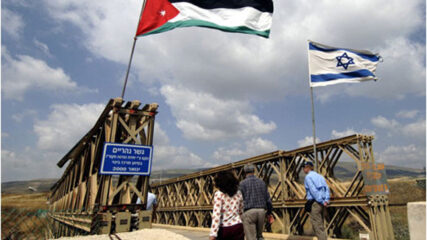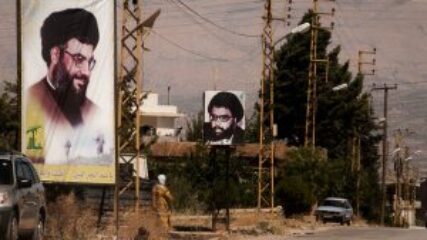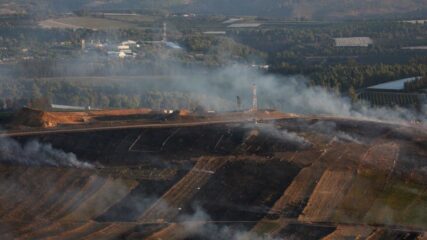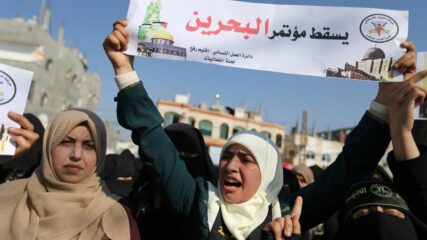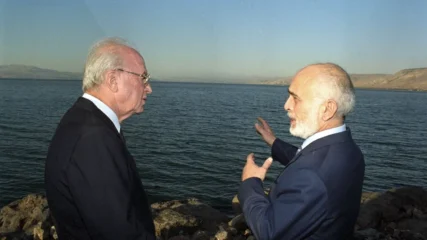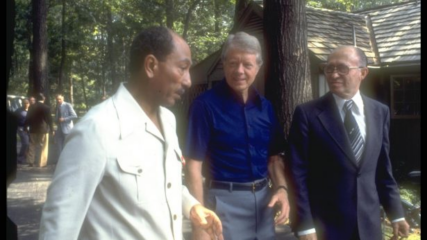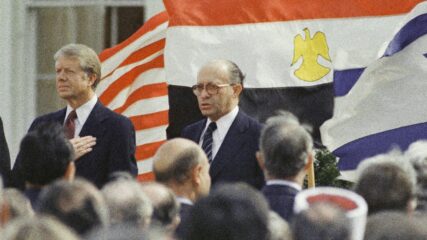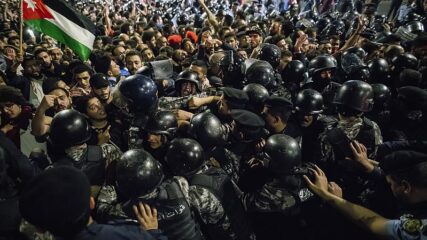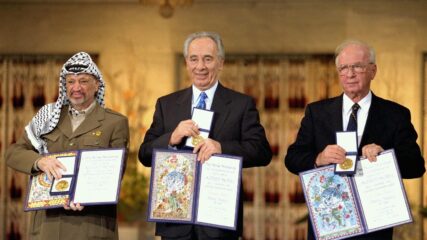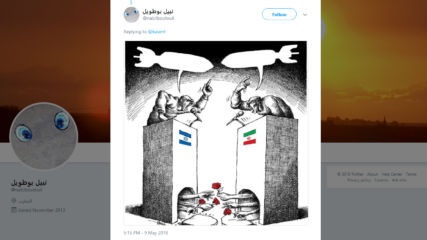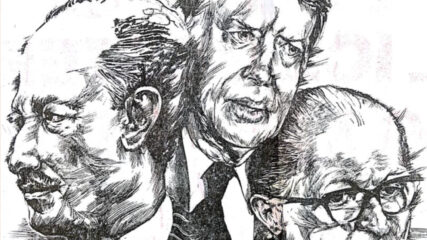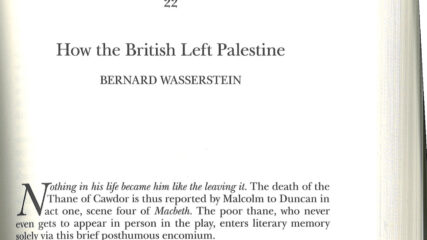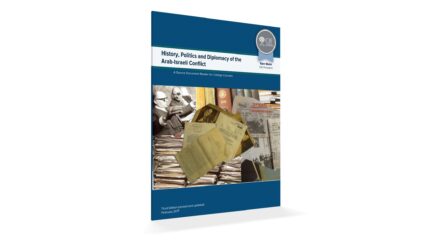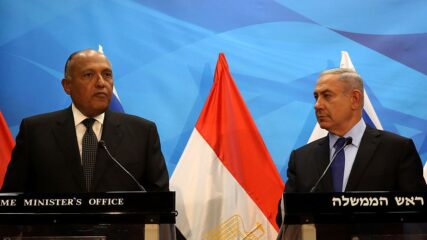Are They Legal or Not? Pompeo’s Announcement on the Israeli Settlements
The announcement by US Secretary of State Mike Pompeo that “the establishment of Israeli civilian settlements in the West Bank is not, per se, inconsistent with international law” is in line with Israel’s official position, and its inherent message – that preoccupation with the question of the legality of the settlements narrows Palestinian flexibility and discourages the achievement of a negotiated resolution to the conflict – is correct. However, the announcement’s practical value is minor, and there are even potential risks and costs for Israel.



